
Students will be able to effectively recognize and imitate AB binary form through movement.
- Subject:
- Arts Education
- Music
- Material Type:
- Lesson Plan
- Provider:
- Teachers.Net
- Author:
- Meghan Webb
- Date Added:
- 02/26/2019

Students will be able to effectively recognize and imitate AB binary form through movement.

This lesson can be used to teach the health benefits that students can get from physical activity.
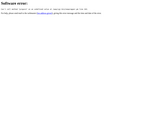
In this activity, students will divide into two teams to conduct a mock trial based on The Ransom of Redchief by O. Henry.
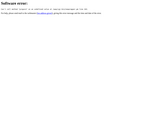
This resource contains a set of discussion questions for The Stranger by Albert Camus.

Objectives for Learners: Students will: 1. Study the early life and innovations of Benjamin Franklin using a variety of media (autobiography, biographies, Internet web sites, condensed history or display boards, dramatic presentation); 2. Prepare written answers to selected Introductory Questions based upon their individual or shared research.
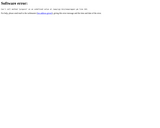
The students will be able to identify the appropriate time to use the Stop, Drop, and Roll procedure, define The Great Escape Method and recite home safety rules in a fire emergency.
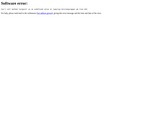
Students demonstrate the importance and benefits of a good workout by answering questions during the activity.
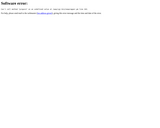
Lesson showing how quickly germs can spread using balloons.
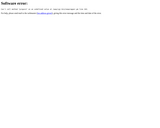
Activity that teaches students how quickly germas can spread.

In this lesson, students will learn basic music reading, including measures, time, tempo, symbols, and notes. They will perform on percussion instruments.

Take the music a step beyond just notes and rhythms by having your high school choir keep a listening log. They will write informal responses and answer questions to different choral pieces that are listened to in class.
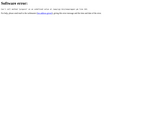
For this activity, one student portrays a psychologist and the other students portray a patient with a psychological disorder. Students complete a chart to identify suspected causes of the disorder, common symptoms of the disorder, how the disorder interferes with daily life, and known treatments for the disorder.
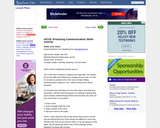
Students are instructed to draw something and then they discuss why their images aren't all similar.

Students will learn the concept of rhythmic pattern associated with expressive movement from the song "Row, Row, Row, Your Boat."
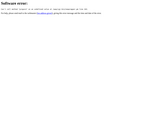
This lesson is intended to teach and inform students about the harms that tobacco and smoking can have on their health and lives as a part of the Drugs, Tobacco and Alcohol Unit.

In this lesson, students read the text, Tiger Rising, to identify ways in which the character, Rob, acts out of character by noting and discussing the times when he acts out of character.